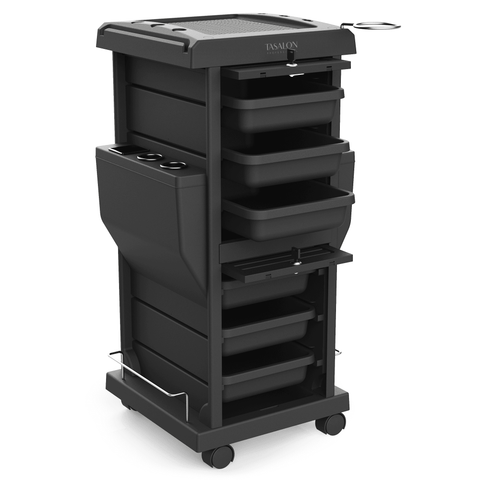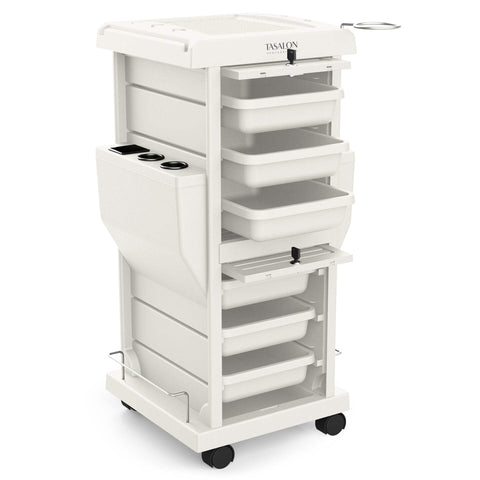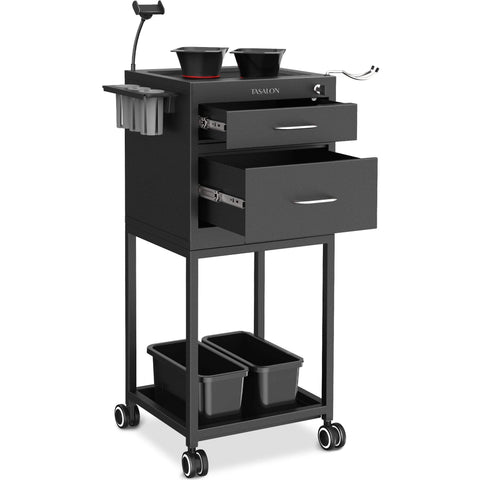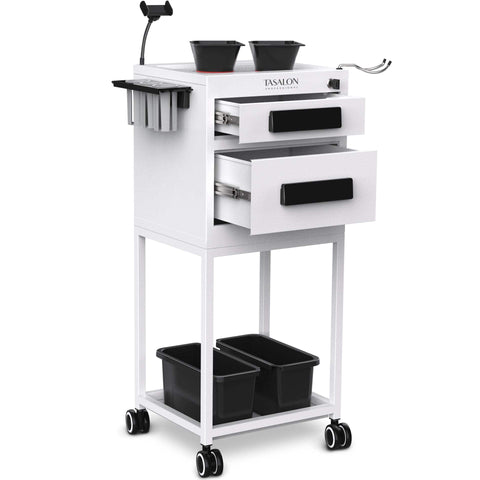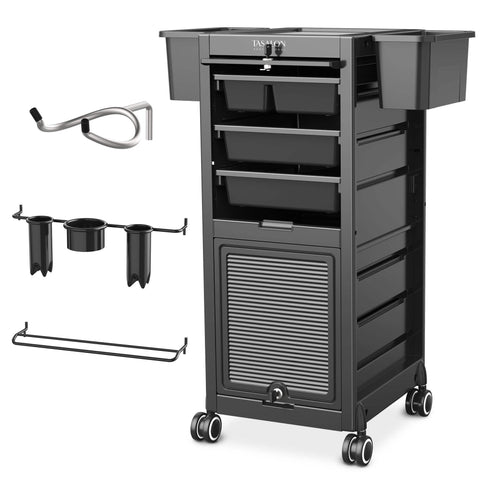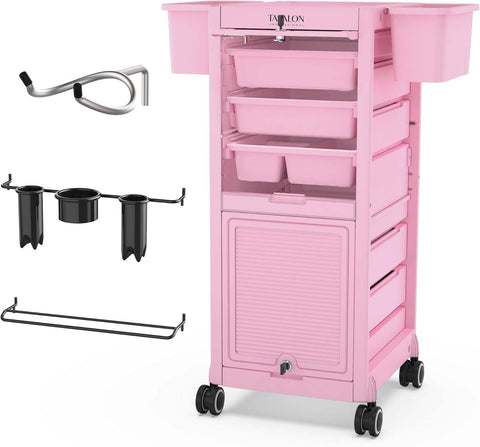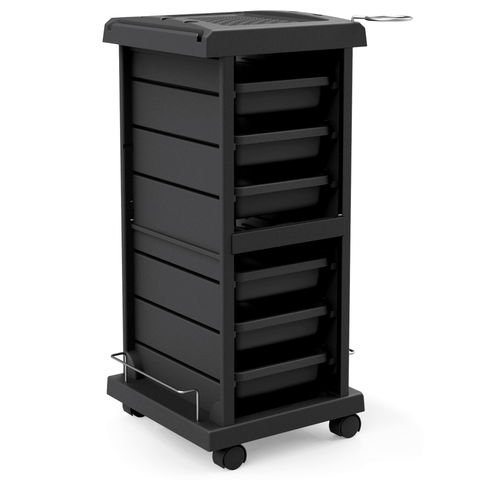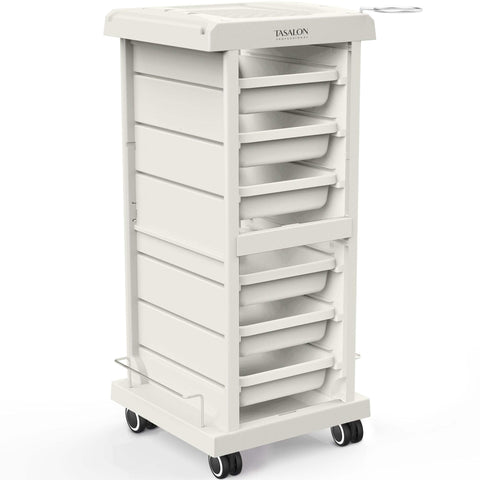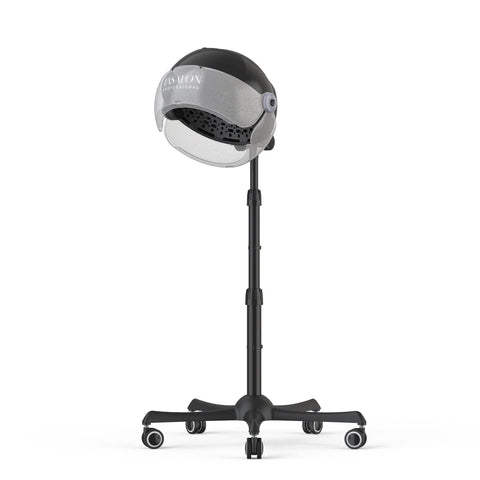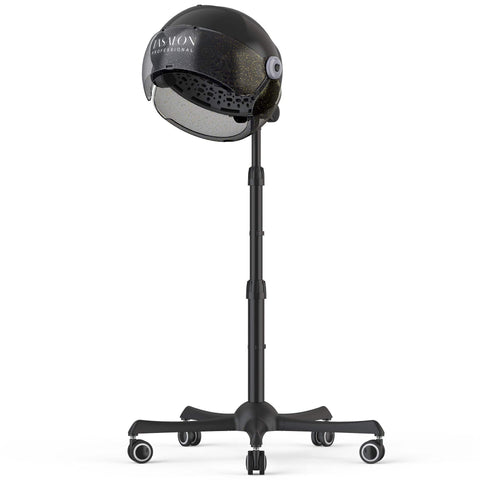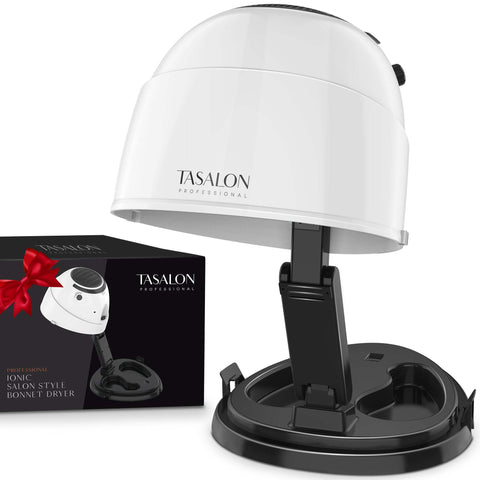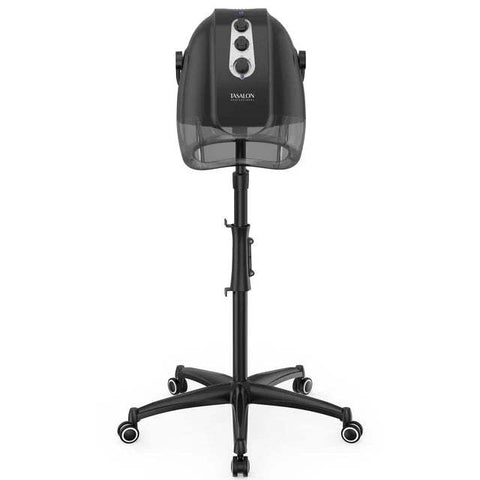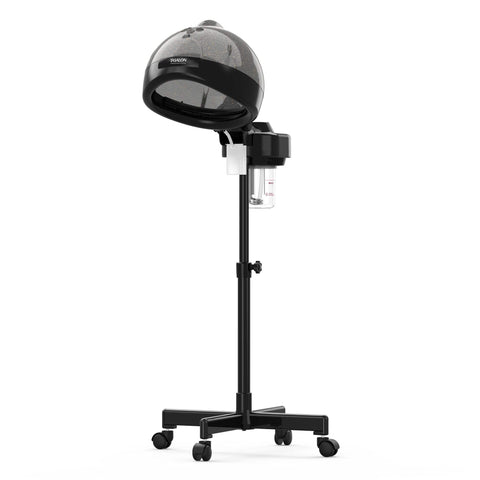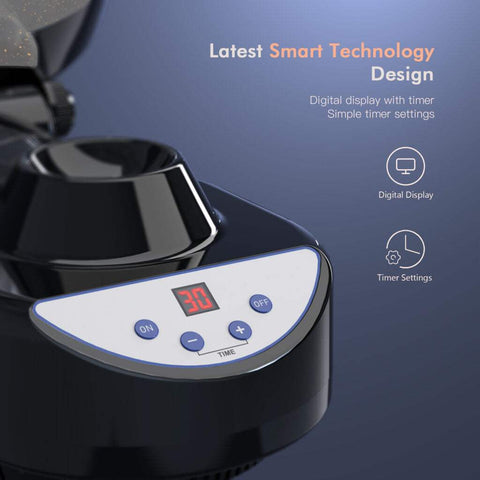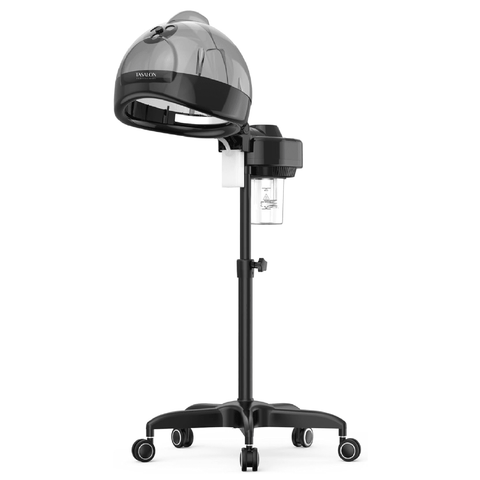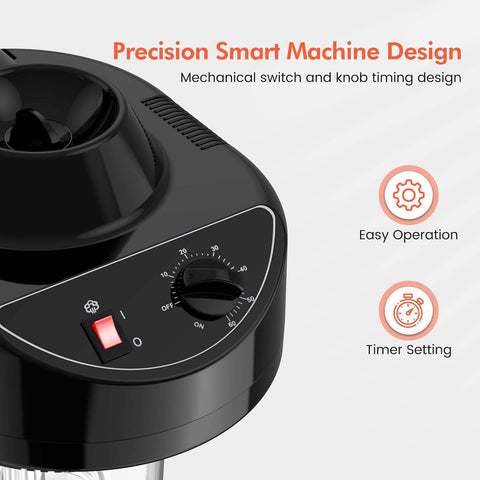Why are barber scissors made with laborious levers?
The haircut itself is not strong enough, so there is no need to save effort, so the haircut uses a laborious lever. The laborious lever is laborious, but it saves distance. With the slightest movement of the barber's fingers, there is a lot of room for operation in a very small range.
The reason is that it is conducive to production. In real life, the principle of choosing laborious lever and labor-saving lever is based on the conditions permitted by manpower and in favor of production. The choice of leverage is determined according to the actual needs. The haircut itself is not strong enough, so there is no need to save effort, so the haircut uses a laborious lever.
Because the tools that use the lever principle are mainly considered in the design and manufacture of labor-saving and convenient. Considering the overall application of the scissors to the hairstyle, the knife edge is relatively long, the knife edge is long and the grip is short, the power is greater than the resistance, and the power arm is smaller than the resistance arm, so a laborious lever is used.
Because the tools that use the lever principle are mainly considered in the design and manufacture of labor-saving and convenient.
Why should haircut scissors be made into a strenuous lever?
The tools that use the lever principle are mainly considered in the design and manufacture of labor-saving and convenient. It takes more effort to cut the iron sheet, so use the labor-saving lever, while the haircut is less laborious (only two fingers), and also consider the overall application of the scissors to the hairstyle, so the resistance arm is longer, using a laborious lever.
Because the tools that use the lever principle are mainly considered in the design and manufacture of labor-saving and convenient. Considering the overall application of the scissors to the hairstyle, the knife edge is relatively long, the knife edge is long and the grip is short, the power is greater than the resistance, and the power arm is smaller than the resistance arm, so a laborious lever is used.
Because the tools that use the lever principle are mainly considered in the design and manufacture of labor-saving and convenient.
From the point of view of being conducive to production. The choice of leverage is determined according to the actual needs. The haircut itself is not strong enough, so there is no need to save effort, so the haircut uses a laborious lever. The laborious lever is laborious, but it saves distance. With the slightest movement of the barber's fingers, there is a lot of room for operation in a very small range.
The scissors use the principle of leverage. The labor-saving and labor-saving depends on the position of the fulcrum. When the power arm is longer than the resistance arm, the scissors save effort but cost distance, such as vice. If the power arm is shorter than the resistance arm, the scissors are laborious but save distance, such as a tailor's scissors.
The barber cuts his hair using the leverage principle of physics. If the blade is shorter than the handle, it is labor-saving; otherwise, it is a laborious lever. Iron scissors, pruning scissors are labor-saving levers; clothes-cutting scissors, haircut scissors are laborious levers.
Why are the scissors for haircuts a strenuous lever? Explain in more detail.
1. The reason is that it is beneficial to production. In real life, the principle of choosing laborious lever and labor-saving lever is based on the conditions permitted by manpower and in favor of production. The choice of leverage is determined according to the actual needs. The haircut itself is not strong enough, so there is no need to save effort, so the haircut uses a laborious lever.
2. Because the tools that use the lever principle are mainly considered in the design and manufacture of labor-saving and convenient. Considering the overall application of the scissors to the hairstyle, the knife edge is relatively long, the knife edge is long and the grip is short, the power is greater than the resistance, and the power arm is smaller than the resistance arm, so a laborious lever is used.
3. Because the tools that use the lever principle are mainly considered in the design and manufacture of labor-saving and convenient.
4. From the point of view of being beneficial to production. The choice of leverage is determined according to the actual needs. The haircut itself is not strong enough, so there is no need to save effort, so the haircut uses a laborious lever. The laborious lever is laborious, but it saves distance. With the slightest movement of the barber's fingers, there is a lot of room for operation in a very small range.
5. The scissors use the lever principle. The labor-saving and labor-saving depends on the position of the fulcrum. When the power arm is longer than the resistance arm, the scissors save effort but cost distance, such as vice. If the power arm is shorter than the resistance arm, the scissors are laborious but save distance, such as a tailor's scissors.
6. Hello! Scissors are not always laborious. Because scissors can be divided into the following two categories: there are many kinds of scissors, some are labor-saving levers (for example, hard scissors, branch scissors, etc.), and some are laborious levers (such as tailors, haircut scissors, etc.).


